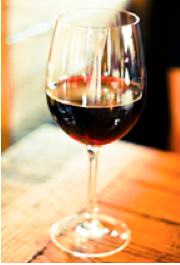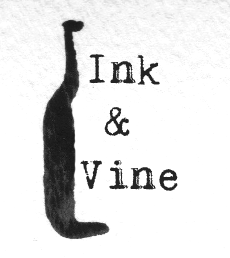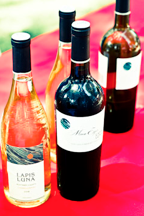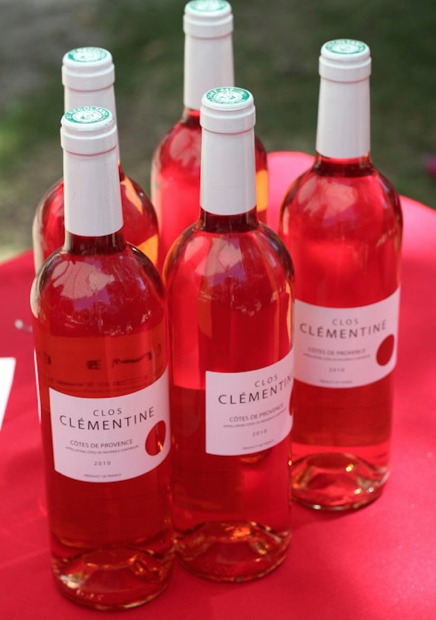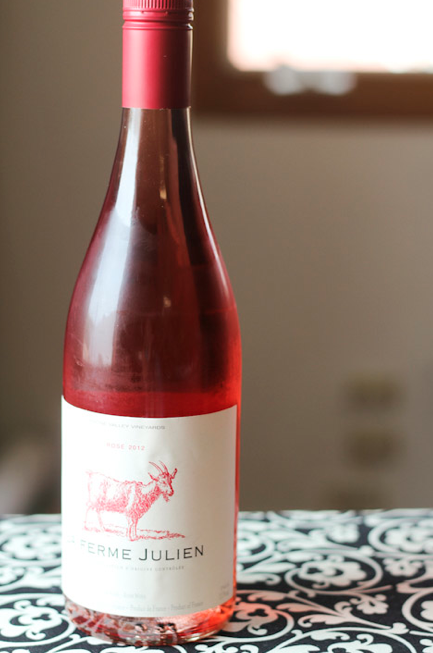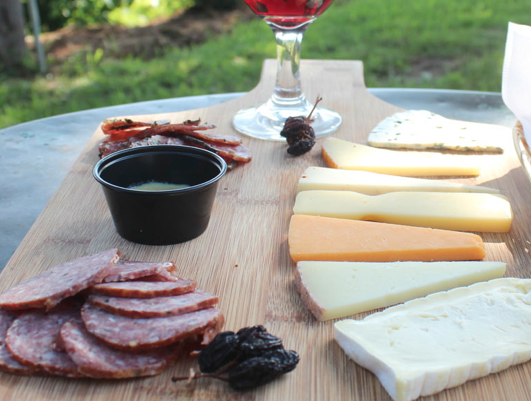|
|||||
Bye Bye Blush. Rosé Wine is on the Rise. |
|
ArchiveMeet Tessa Marie: Wine MakerHas It Gone Bad? When to Know Wine is Turned.Ice it Up & Fruit it Down: SangriaSanta Clarita WineFest 2013Bargain Online Wine Shopping At Its BestSparkling Wine 101Your Holidays Are CoveredA Day at Swanson Vineyards & WineryHow You Gonna Ship It? Wine, That Is.Holiday Wine Tasting - Montage, Beverly HillsFlavor! Napa Valley 2012My Weekend Love Affair With NapaRoad Trip to Solvang: Wine and Happy HourMy Silverlake Wine NightWine Toys: Get EducatedWine Tasting: Where to GoBlends are About to Take OverLA Wine Fest 2012 |
|||
August 29th, 2013
When I hear “Rosé” or “Blush” I think cheap, sweet, unfashionable box wine or even sweet pink wine coolers, but these adjectives describe a fairly limited amount of pink wine. Rosé wine has risen in the past ten years as wine lovers have discovered that many of these pink wines are not the sugary sweet wines which saturated the market years ago, like the White Zinfindel, but have been brought back to life as a sort or half-sister of red wine, with sophistication and stylistic offerings from all over the world. Whether it’s Rosé, Rosado (Spain), Rosato (Italy), or even Blush, these pink counterparts of red wine have "grown up" in the past ten years and become the newest trend with wine lovers. Many stores have even created a Rosé section, proving this old, yet new vino can hold its own in the competitive wine market.
(Rosé on a budget: $4.95 La Ferme Julien at Trader Joe's)
Rosé pairs well with a variety of dishes, but I particularly love it with cheese and charcuterie plates, seafood dishes and especially ceviche (I recommend adding diced strawberries to the ceviche to bring out even more of the Rosé flavor). Plus, any Rosé is a perfect match for the warm summer weather. Lastly, chill the **ck out of it (the cold will maintain the electric zing of your Rosé) and enjoy!
|
|||||
